This article was co-authored by Luba Lee, FNP-BC, MS. Luba Lee, FNP-BC is a Board-Certified Family Nurse Practitioner (FNP) and educator in Tennessee with over a decade of clinical experience. Luba has certifications in Pediatric Advanced Life Support (PALS), Emergency Medicine, Advanced Cardiac Life Support (ACLS), Team Building, and Critical Care Nursing. She received her Master of Science in Nursing (MSN) from the University of Tennessee in 2006.
There are 9 references cited in this article, which can be found at the bottom of the page.
This article has been viewed 12,804 times.
A calf strain is a common leg injury that is caused when excessive force is placed on the muscles at the back of the lower legs. A strain usually occurs when muscle fibers in this area are weakened, stretched, or torn. Most calf strains can usually be easily treated at home, but you might need to see your doctor or a physical therapist for a more serious strain.[1]
Steps
First Aid
-
1Rest your leg by keeping off your feet as often as you can. Your calf muscle will heal more quickly the less you use it. If you play sports, it is important to wait until the muscle has healed before resuming any athletic activities.[2]
- To aid the healing process, rest your leg frequently during the first 3 days following the injury.
-
2Apply ice or cooling pads in 20-minute intervals. You can do this as many times a day as needed. Icing helps alleviate swelling and temporarily reduces pain.[3]
- Be sure to wrap the ice pack with a towel to help keep your skin comfortable during treatment.
- Avoid applying the ice pack directly to your skin as it can become too cold to tolerate.
Advertisement -
3Wrap a compression bandage around the affected area. Compression helps reduce pain and works to prevent additional injury. Compression bandages come in a variety of sizes, and you can buy one at any local pharmacy. Follow the instructions on the package or ask your doctor or pharmacist for advice on how to apply the bandage.[4]
-
4Elevate your foot above your head. While you’re resting your calf, keep it elevated as often as possible. This is a common technique done to reduce swelling. Elevation also helps prevent blood from pooling around the injured area.
- An easy method to elevate your foot is to stack a few pillows on top of each other and then rest your foot on top of them.
-
5Talk to your pharmacist about over-the-counter medication. You can take anti-inflammatory medications like ibuprofen to reduce swelling and relieve pain for a short period of time. Your pharmacist will be able to make a recommendation based on your symptoms.[5]
- Before taking anti-inflammatories, let your doctor or pharmacist know if you’re pregnant, have any other health conditions, or are currently taking other medications.
-
6See your doctor if you are still experiencing pain or swelling after 3 days. Additionally, seek immediate medical attention if you experience:[6]
- Intolerable pain or pain beyond a moderate level
- A calf that is extremely red, tender, and hot to the touch
- Swelling or discoloration in your leg
- Tears, rashes, or punctures on your skin
Recovery
-
1Complete a physical therapy program if needed. Your doctor or other medical professional may recommend physical therapy to get your calf muscles back to normal. Therapy will include movements and techniques tailored to your personal recovery needs. At physical therapy, you can expect to engage in:
- Standard exercise activities like calisthenics and stretching to rehabilitate and strengthen the injured muscle
- Massage therapy to help your muscles heal
- Hydrotherapy for those who prefer low impact exercises
-
2Do simple range of motion exercises at home. Depending on your fitness abilities, these can range from simple squats to more advanced weight training. Keeping a routine of daily activities will help your injured calf muscle quickly return to its normal condition.[7]
- Ask your doctor or physical therapist to recommend range of motion exercises that are safe and effective for you based on your injury and overall health.
-
3Strech your foot while seated a few times a day. Sit with your leg straight out and your heel on the floor, then gently stretch your foot toward you as far as it can go for 5 seconds. Be sure to keep your toes pointing upward for the best results. Repeat this exercise a few times a day as needed.[8]
-
4Sit in your chair with a straight knee and bend your knee 10 times in a row. You can repeat if as many times a day as desired.
- Always monitor yourself for severe or unusual pain during exercises.
- If you notice swelling return or increase after exercising, contact your doctor for further instructions.
-
5Give your calf a gentle self-massage. Massaging your calf can help relax the injured muscles and relieve pain. To massage your sore muscle, apply gentle pressure with your thumbs, knuckles, or fingertips. Try pressing on the area or rubbing in small circles. Be gentle—massaging the area might hurt a bit, but the discomfort should feel satisfying instead of unpleasant or intolerable.
- Put a little massage oil or lotion on your hands to reduce friction.
- Try massaging the area for about 30 seconds, then work your way up to longer sessions. You can massage as long or as often as you like, as long as it feels good and doesn’t make your pain worse.
- Wait at least 48 hours after the injury to massage your calf. If your calf is swollen or inflamed, the skin is broken, or you suspect you might have a blood clot, don’t massage the area. Talk to your doctor first.
-
6Eat foods rich in nutrients and electrolytes. To help your muscles heal faster, eat a healthy, balanced diet. In particular, go for foods that are rich in protein (such as chicken, fish, or pork) and healthy fats (such nuts, seeds, or vegetable oil), as well as vitamin-rich fruits, vegetables, and whole grains.[9] Additionally, go for foods that are high in magnesium, which has been shown to support muscle health.
- You can get magnesium from foods such as pumpkin seeds, chia seeds, nuts, spinach, soy products, potatoes, brown rice, and fortified cereals.[10]
- Your doctor may also recommend taking a magnesium supplement. The typical dose is 400-600 mg before bedtime.
Prevention
-
1Develop a daily stretching routine. Keeping your muscles active will help minimize the potential for future strains. Start with easy stretches and gradually increase difficulty as you go.[11]
- Stretching shouldn't be painful but can cause some slight discomfort.
- Simple toe-touches and flexing exercises are 2 great options for beginners.
-
2Incorporate warm-up and cool-down sessions into your workout routine. It's important to prepare your muscles and body for any sort of physical activity. Skipping warm-ups can increase your risk of muscle strain and other injuries. If you are engaging in prolonged sporting or fitness activity, warm-ups and cool-downs will allow your muscles a chance to adjust to the added pressure.[12]
-
3Keep hydrated throughout the day. Fatigue caused by dehydration increases the risk for muscle injury. Excessive dehydration can cause increased chances of muscle fatigue, which leads to a higher risk of strain. Keeping a water bottle with you is a great way to keep hydration up.[13]
References
- ↑ https://www.mayoclinic.org/diseases-conditions/muscle-strains/symptoms-causes/syc-20450507
- ↑ https://my.clevelandclinic.org/health/diseases/22336-muscle-strains
- ↑ https://my.clevelandclinic.org/health/diseases/22336-muscle-strains
- ↑ https://www.nhs.uk/conditions/sprains-and-strains/
- ↑ https://www.nhs.uk/conditions/sprains-and-strains/
- ↑ https://www.healthdirect.gov.au/calf-pain
- ↑ https://medlineplus.gov/ency/article/002116.htm
- ↑ https://myhealth.alberta.ca/Health/aftercareinformation/pages/conditions.aspx?hwid=bo1613
- ↑ https://www.ncbi.nlm.nih.gov/pmc/articles/PMC4672013/
- ↑ https://ods.od.nih.gov/factsheets/Magnesium-HealthProfessional/
- ↑ https://healthy.kaiserpermanente.org/washington/health-wellness/health-encyclopedia/he.calf-muscle-injury.abq4844
- ↑ https://healthy.kaiserpermanente.org/washington/health-wellness/health-encyclopedia/he.calf-muscle-injury.abq4844
- ↑ https://www.healthdirect.gov.au/calf-pain
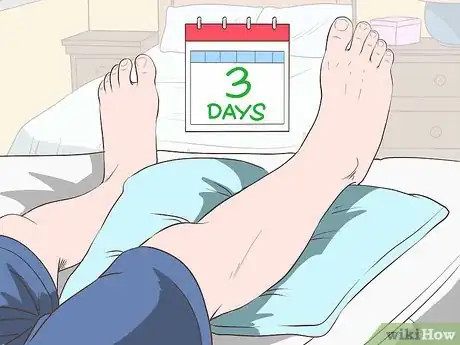
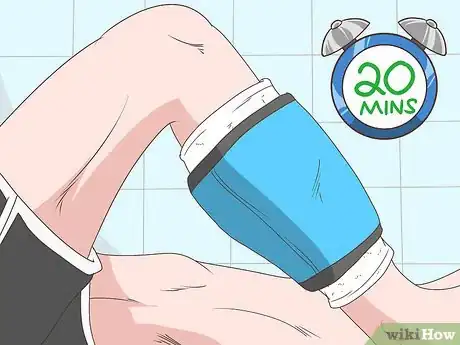
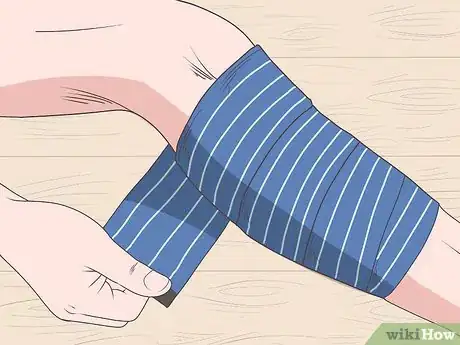
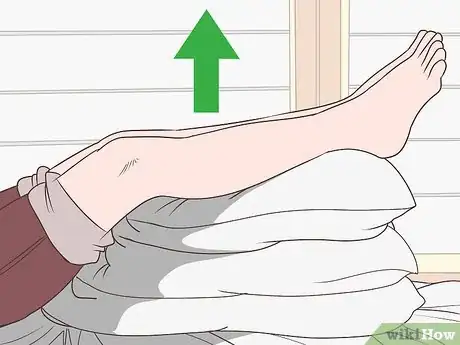
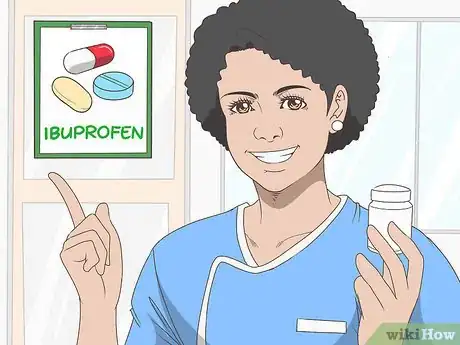

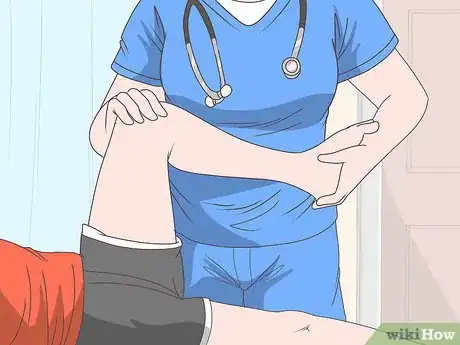
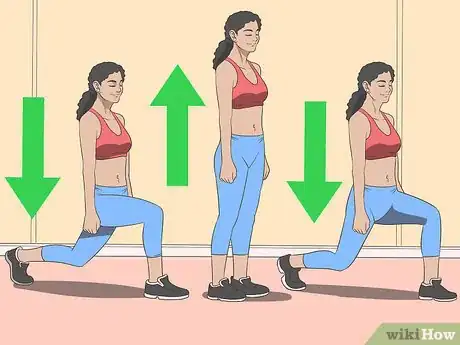
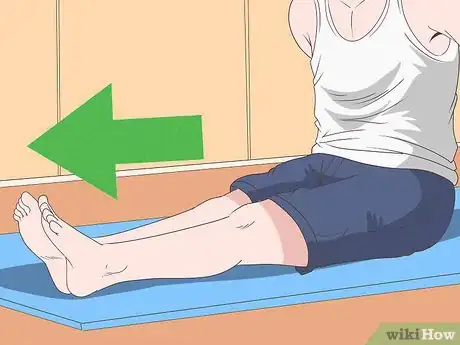
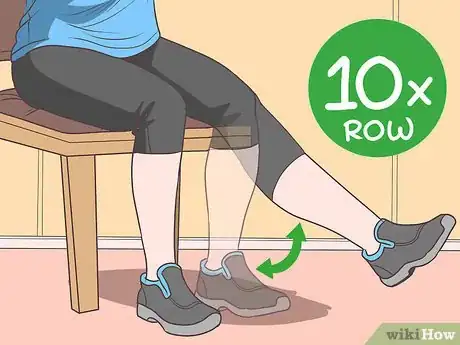
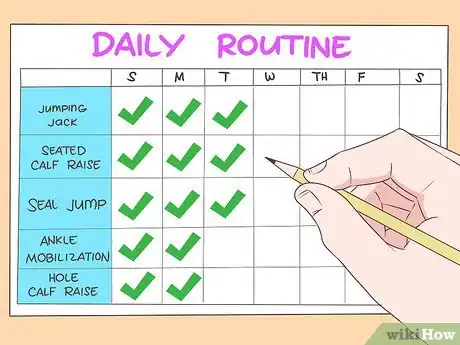
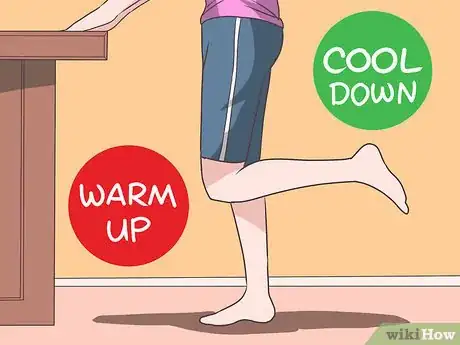

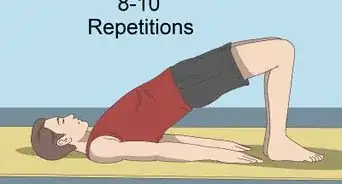
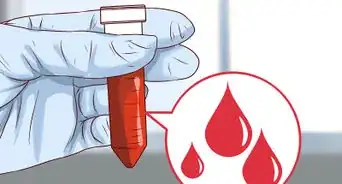
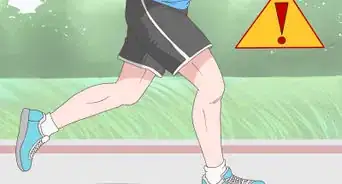
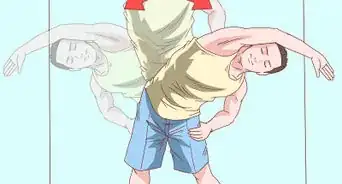



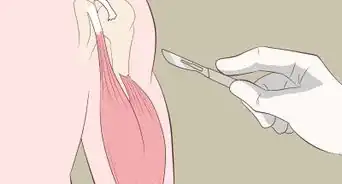









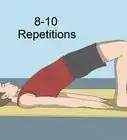
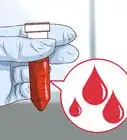
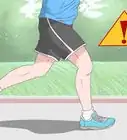





































Medical Disclaimer
The content of this article is not intended to be a substitute for professional medical advice, examination, diagnosis, or treatment. You should always contact your doctor or other qualified healthcare professional before starting, changing, or stopping any kind of health treatment.
Read More...